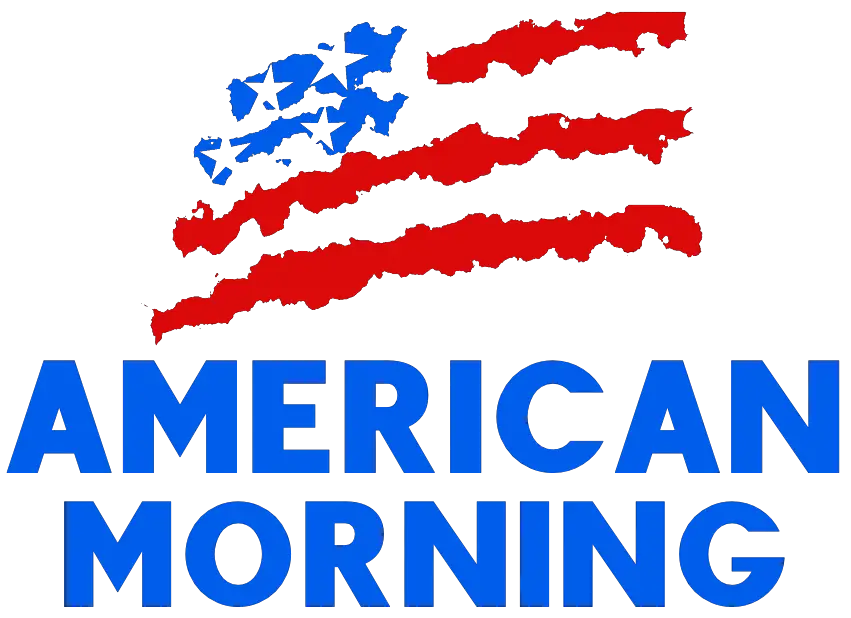
The Biden administration is in trouble yet again as it oversees the third-largest bank failure in U.S. history. The latest failure is a result of high-interest rates and poor management decisions, which led to the collapse of three major banks since March. Experts warn that the Federal Reserve’s interest rate regime could cause additional problems across the sector.
According to the Federal Deposit Insurance Corporation (FDIC), the resolution of the failures will cost taxpayers about $36 billion. The federal government is increasingly using taxpayer money to bail out these institutions, creating a bad incentive for private banks to acquire or bail out these failing institutions.
The American Institute for Economic Research’s senior research faculty, Thomas Hogan, stated that large banks would wait until the banks failed before the government provided a bailout package to make the acquisition possible. First Republic and JPMorgan Chase are the perfect examples. The precedent they’ve set will make private banks less willing to acquire or bail out these failing institutions.
The bank failures are largely blamed on interest rate hikes that the Federal Reserve has pursued over the last year. According to economist Stephen Moore, a senior economist at FreedomWorks, the Fed had to take these actions because of the extraordinary spending spree after COVID was over, leading to inflation rising to 9%.
In conclusion, the Biden administration’s inconsistent operations in financial markets have led to three of the four largest bank failures in U.S. history. Their actions have created a bad incentive for private banks to acquire or bail out failing institutions. With the banking system still at risk, the government must strengthen the rules for banks to protect American jobs and small businesses.
Source Fox News

